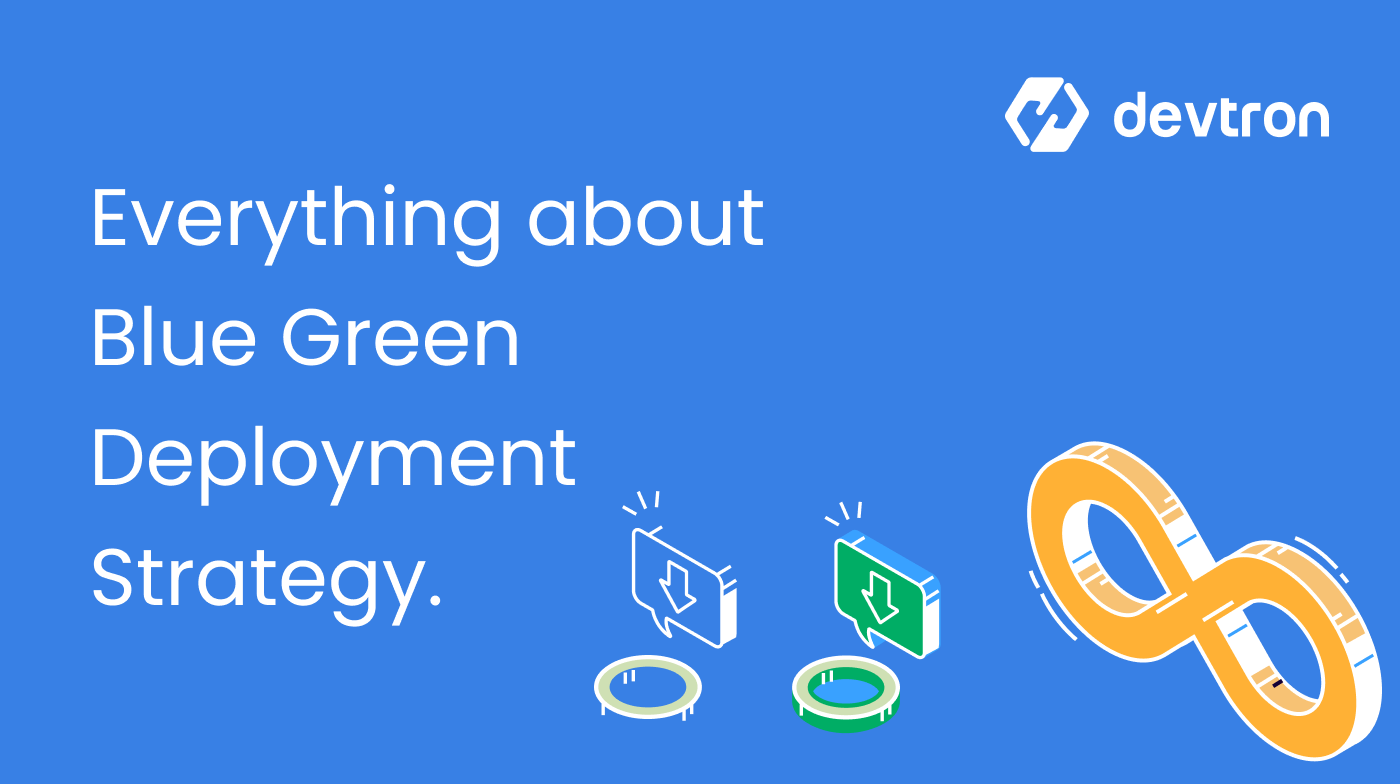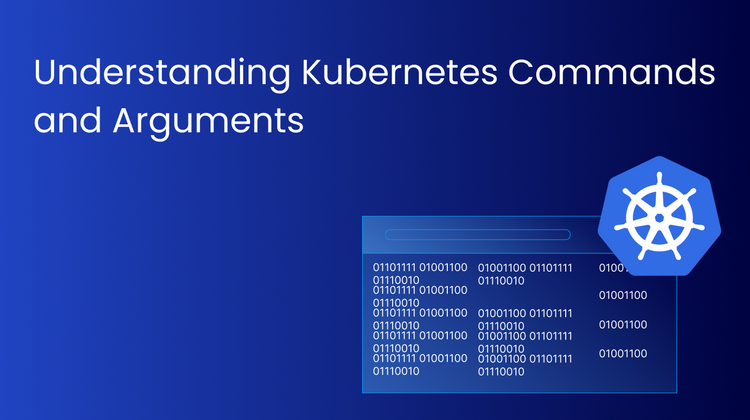Blue/Green Deployment is a software release strategy that minimizes downtime and risk by maintaining two identical environments—Blue (live) and Green (staging). The new version of an application is deployed to the Green environment, thoroughly tested, and once validated, traffic is switched from Blue to Green, making Green the new live environment. If an issue arises, traffic can instantly be switched back to Blue.
In the landscape of software development, the Blue/Green deployment process represents a pinnacle of achieving zero downtime during updates. This strategy, particularly significant for DevOps teams, involves maintaining two identical production environments—the 'blue' environment, hosting the old version, and the 'green' environment, ready for deployment of the new version of the application. Such a setup is instrumental in achieving continuous delivery and continuous deployment, pivotal in modern software deployment methodologies.
Benefits of Blue/Green Deployment
Implementing a Blue/Green strategy offers several compelling benefits:
- Minimal Downtime: Reduce or eliminate downtime during releases by switching traffic seamlessly to the Green environment.
- Rollback Capability: Instantly revert to the Blue environment in case of issues.
- Reliable User Experience: Manage traffic transitions carefully to preserve user sessions and minimize disruptions.
- Testing Parity: Test new versions in a production-identical Green environment and gather real-world performance data.
- Facilitates Continuous Integration: Supports CI/CD pipelines by allowing frequent, safe integration and deployments
How Does a Blue/Green Deployment Work
In a Blue/Green Deployment setup:
- The Blue environment represents the current production environment running the existing version.
- The Green environment is a mirror of the Blue environment, but hosts the new software version.
Both environments are kept identical to ensure consistency and a smooth transition between versions.
Switching Traffic Between Environments
- Deploy to Green: The new application version is deployed to the Green environment.
- Test and Validate: Perform smoke tests, automated testing, and monitoring in the Green environment.
- Switch Traffic: Configure load balancers or routers to direct live traffic from Blue to Green.
- Rollback if Needed: If issues arise, switch traffic back to Blue.
- Cleanup: Fix issues in Green and prepare for the next cycle.
By conducting tests before exposing the Green environment to all users, organizations proactively identify and resolve issues, ensuring stability and reliability.
Blue/Green Deployment Best Practices
To ensure a successful Blue/Green Deployment:
- Automated Infrastructure Provisioning: Use tools like Terraform or AWS CloudFormation to consistently set up environments.
- Automated Testing: Integrate unit, integration, and end-to-end tests into the deployment pipeline.
- Canary Releases: Consider gradual exposure of the new version before a full switch.
- Database Synchronization: Employ replication, transaction log shipping, or dual writes to keep databases consistent between environments.
- AWS Compatibility: Use services like Elastic Load Balancer and Auto Scaling Groups to efficiently manage deployments.
Blue/Green Deployment Challenges
While beneficial, Blue/Green Deployment comes with challenges:
- Infrastructure Costs: Maintaining duplicate environments increases resource usage.
- Data Migration: Database schema changes must be handled carefully to avoid data inconsistency.
- Configuration Management: Managing environment-specific settings across Blue and Green adds complexity. Tools like Git-based configuration and CI/CD pipelines can help.
Helpful Read:
Comparing Blue/Green Deployment
Blue/Green Deployment offers several advantages over other deployment strategies, such as canary deployment or rolling updates:
- Blue/Green Deployment vs. Canary Deployment: Blue/Green offers complete environment separation and instant rollback, while canary releases expose changes gradually to a small user subset.
- Blue/Green Deployment vs. Rolling Updates: Blue/Green avoids service disruption by switching traffic between complete environments, unlike rolling updates, which modify components sequentially.
Common Use Cases for Blue/Green Deployment
Blue/Green Deployment is particularly valuable in the following scenarios:
- Performance Testing: Teams can expose a subset of real user traffic to the green environment to benchmark performance before full launch.
- High-Traffic Applications: SaaS platforms or streaming services use it to test new features on production infrastructure without full exposure.
Blue/Green Deployment Strategy in the age of microservices
Before containers, Blue/Green Deployment was a go-to method for zero-downtime updates in monolithic applications. DevOps teams would maintain a replica of the live system, ready to fall back in case of failure.
In the era of Kubernetes and microservices, deployment strategies have evolved. Modern platforms allow you to:
- Update individual services independently.
- Leverage rolling updates, canary deployments, and automated scaling.
- Avoid the cost of maintaining duplicate environments.
Tools like Devtron, Argo Rollouts, and AWS Route 53 make this even easier. As a result, Blue/Green Deployment is less common in cloud-native systems, giving way to more dynamic, cost-effective strategies.
Common Questions
What is Blue/Green Deployment in DevOps?
Blue/Green Deployment is a DevOps strategy that uses two identical environments—blue (current/live) and green (new/staging)—to release software with zero downtime. The new version is deployed to the green environment, tested in real-world conditions, and traffic is switched over once validated. This method ensures easy rollback and continuous delivery without interrupting user experience.
How does Blue/Green Deployment reduce downtime?
By routing user traffic between two live environments, Blue/Green Deployment allows updates to be tested and validated before exposure. If the new version fails, traffic can be instantly rerouted back to the stable environment. This eliminates deployment downtime, making it ideal for high-availability applications.
What tools are used for Blue/Green Deployment in Kubernetes?
In Kubernetes, Blue/Green Deployments are implemented using load balancers, Ingress controllers, and tools like Devtron, Argo Rollouts, or Kustomize. These tools allow DevOps teams to manage routing, automate rollbacks, and orchestrate version transitions across clusters.
What’s the difference between Blue/Green and Canary Deployments?
Both strategies reduce deployment risk, but Blue/Green switches 100% of traffic at once between two environments, while Canary slowly shifts incremental traffic to the new version. Blue/Green is ideal for quick rollbacks and zero downtime, while Canary is better for testing performance in phases.
Is Blue/Green Deployment still used in modern microservices?
Yes, but its usage is shifting. In modern microservices and Kubernetes-native architectures, rolling updates and canary deployments are more common due to better scalability and cost-efficiency. However, Blue/Green is still used for critical production systems needing instant rollback and complete traffic control.
Conclusion
Blue/Green Deployment is a powerful technique that enables organizations to achieve smooth and reliable software releases. By maintaining separate environments, carefully managing traffic routing, and leveraging automated testing, organizations can minimize downtime, ensure a seamless user experience, and swiftly roll back in case of issues. Although it presents some challenges, the benefits of Blue/Green Deployment make it a valuable strategy for organizations seeking efficient and reliable software delivery.








